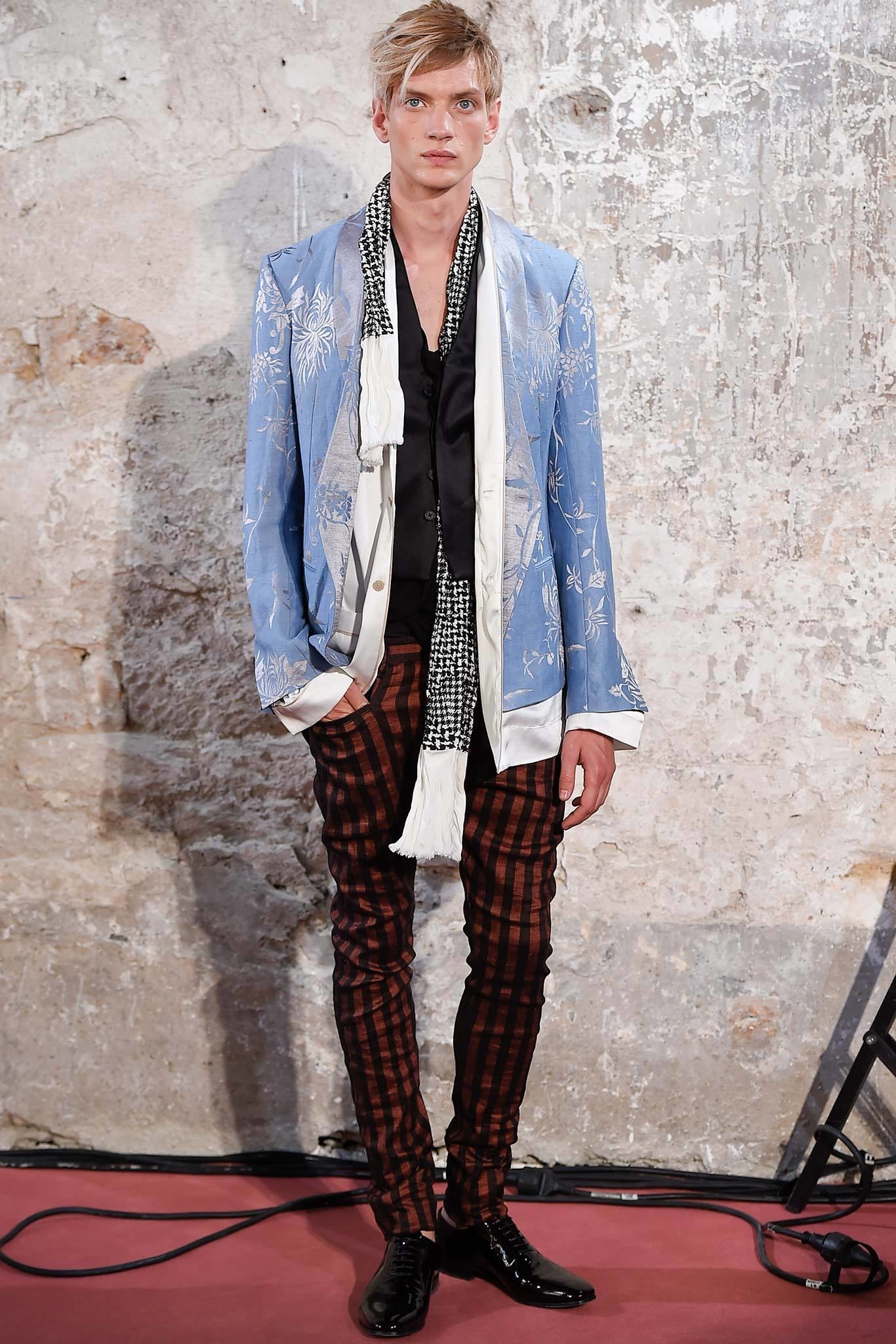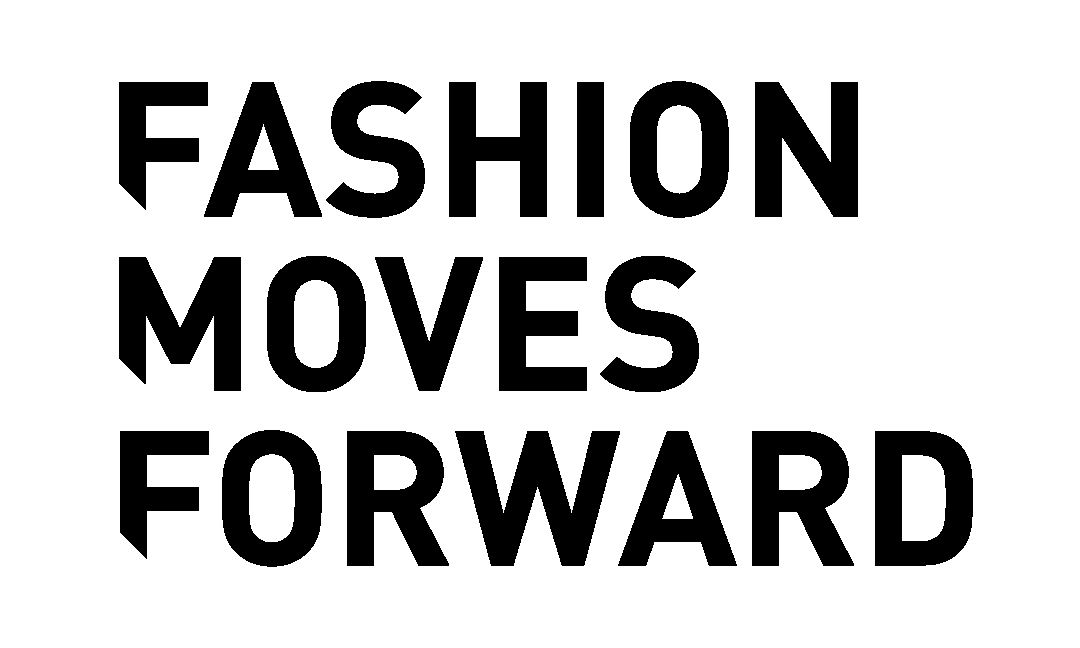Designer Profile: Haider Ackermann
To understand Haider Ackermann is to walk a mile, or two, in the shoes of a perfectionist. Here, we take a look into the designer’s life, his work thus far, and his already profound impact upon fashion as a whole.
Born in Santa Fe de Bogota, Columbia, in 1971, Ackermann is the adopted son of a French Alsatian family. Much of his childhood was spread across Ethiopia, Chad and Algeria, countries whose cultures permeate his stylistic tendencies to this day. He would relocate to Antwerp, Belgium in 1994 to pursue the Royal Academy of Fine Art’s celebrated Fashion Design program, just over a decade after the famed “Antwerp Six” traipsed its very halls. This pursuit of education was short-lived, however, when Ackermann was expelled just three years in, a result of his perfectionist tendencies - his demanding standards left him perpetually dissatisfied with his assigned collections, which he would never finish. While working odd jobs around the city, he met Raf Simons, a fellow student in Belgium in the time, who would convince the young designer to further pursue the work he had begun.
The expulsion, not to mention the nudge from Raf, only propelled the perfectionist forward. Within a year, he would be interning for John Galliano, working for Bernhard Willhelm and Patrick Van Ommeslaeghe, and amalgamating a portfolio that would eventually kick-start his eponymous label in 2001.























Various looks from the most celebrated Ackermann collections to date.
Ackermann’s work is textile-centric. His draping designs are tastefully layered, where vest ripples over shirt, which cascades over the jacket, creating silhouettes and figures that accentuate the body’s natural lines, all while still flowing over the top of it. Simple, yet elegant cuts, creative tailoring, and material combinations from both “high and low” culture give his collections an ethereal quality.
From this foundation in texture, he brought his touch to Berluti (2016-2018), developing a menswear line for a house that had previously only designed luxury shoes and leather goods. GQ’s Noah Johnson writes about Ackermann’s Fall 2018 collection at the brand, stating, “The clothes were brazenly decadent—caramel lambskin trench coats, gold silk blazers, shimmering velvet suits, all cut with Ackermann's signature slouch—and confidently relaxed, but with a serious, unfussy manner to suit the price tag.”
Here, Haider was free to indulge his curiosity - why would this luxury leather goods company come to him with a proposition to establish a menswear line? He answered that question, and then some, as he breathed new life into a house that had fallen to the wayside.




Haider consistently pushes boundaries in tailoring, craftsmanship, and fashion culture as a whole. His drapey, velvety, confident take on menswear is admittedly liberating, even as an observer (I don’t own any Haider or Berluti, but I’ll be damned if I don’t want a pair of those boots) and his work hasn’t gone unnoticed. His home country of Colombia, the place he was adopted out of, invited him back in 2013 to inaugurate him as a cultural ambassador, quite the celebratory honor.
His personal style is a reflection of his menswear, a duality of both slouchy and elegant. Or perhaps vice versa. Ackermann has often said that he’s in constant search of himself.
It’s no surprise that Ackermann has seen monumental success as both an independent designer under his own terms, as well as an honored guest at another house’s dinner party (a la Berluti). A true visionary, Ackermann has already left his mark on the greater world of fashion with his iconic and intricate draping, eye for textures, and overall design motifs. It’s no surprise fashion critic Suzy Menkes has oft-proclaimed Haider Ackermann as a "rare hope-for-the-future”.




